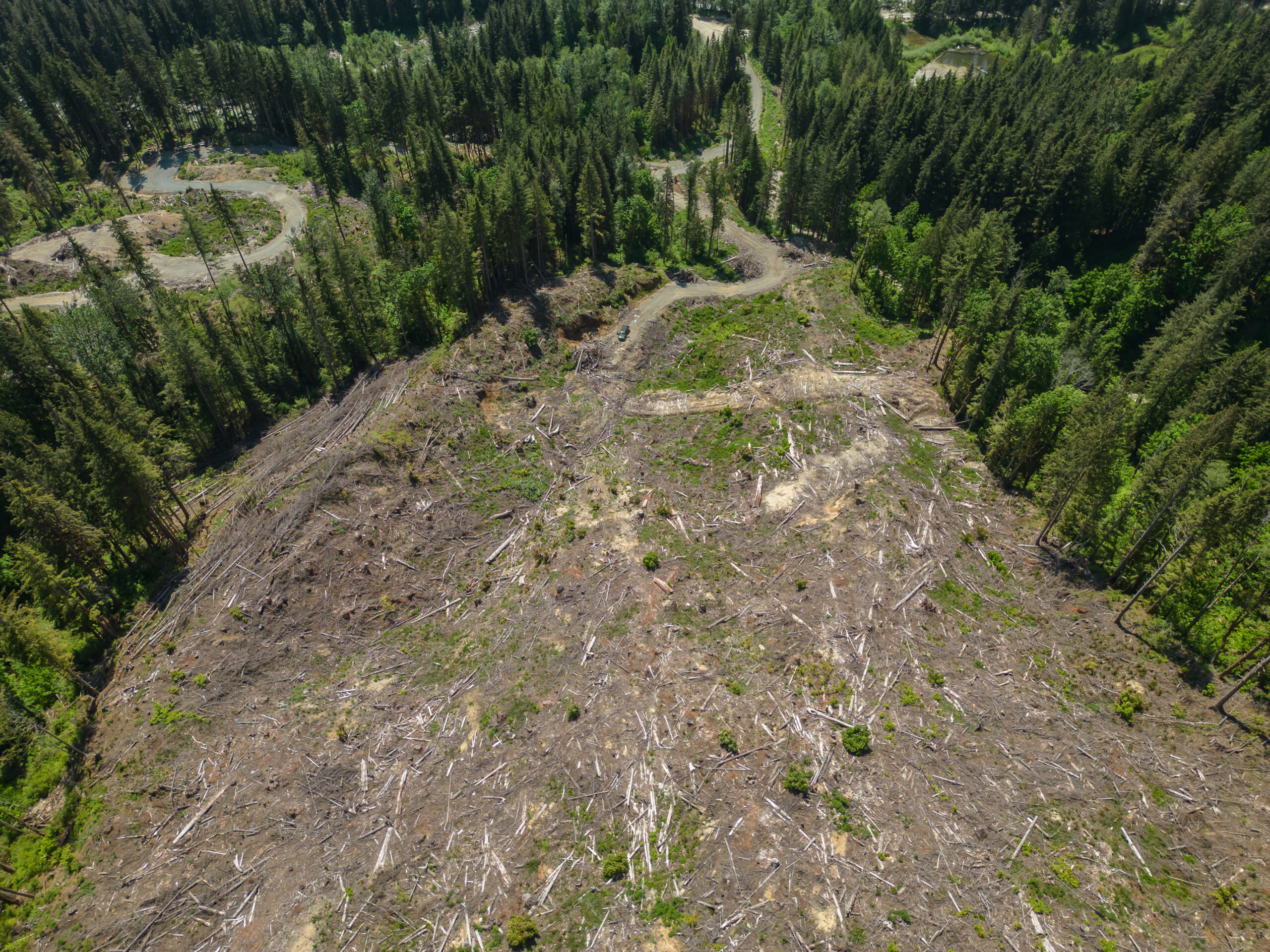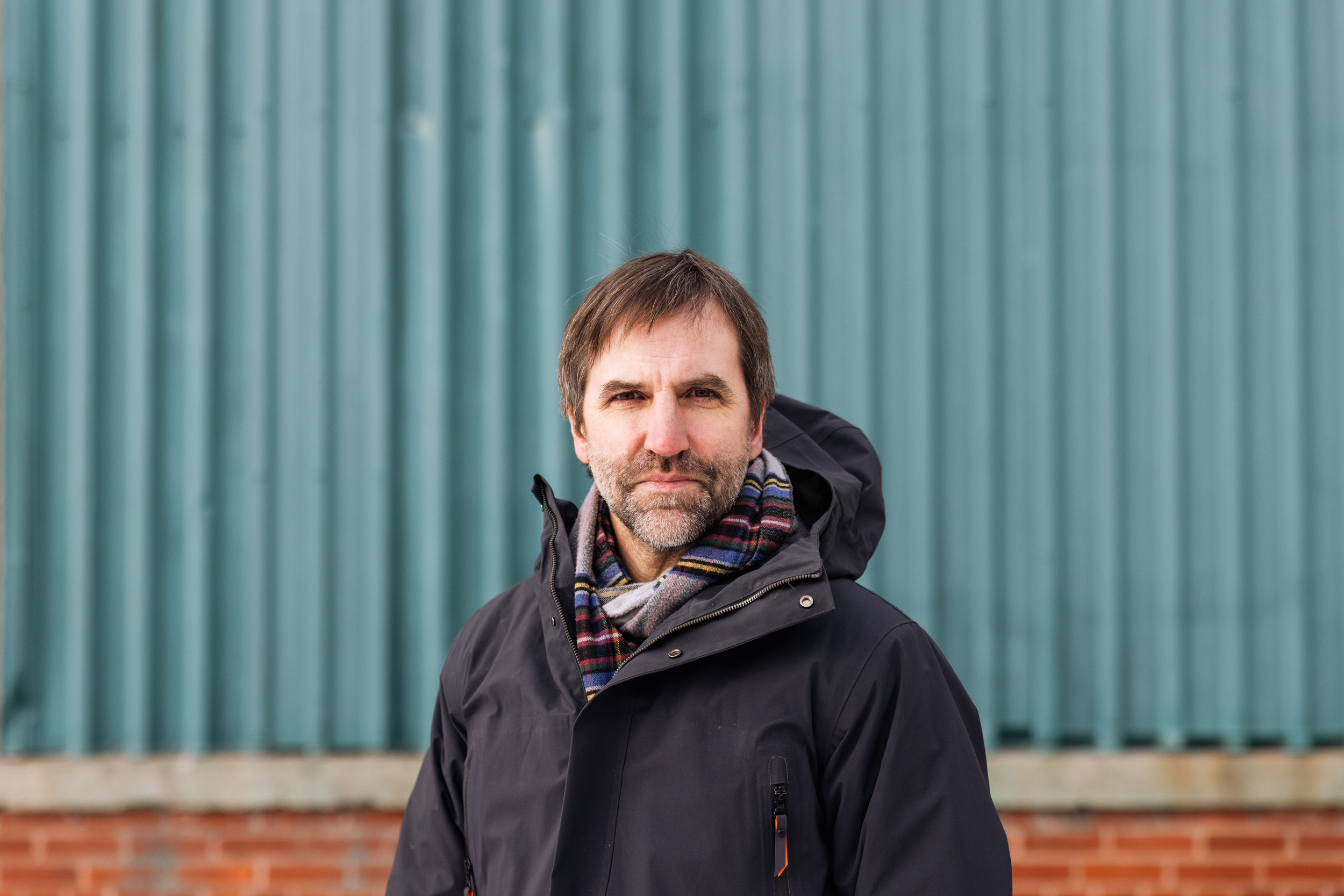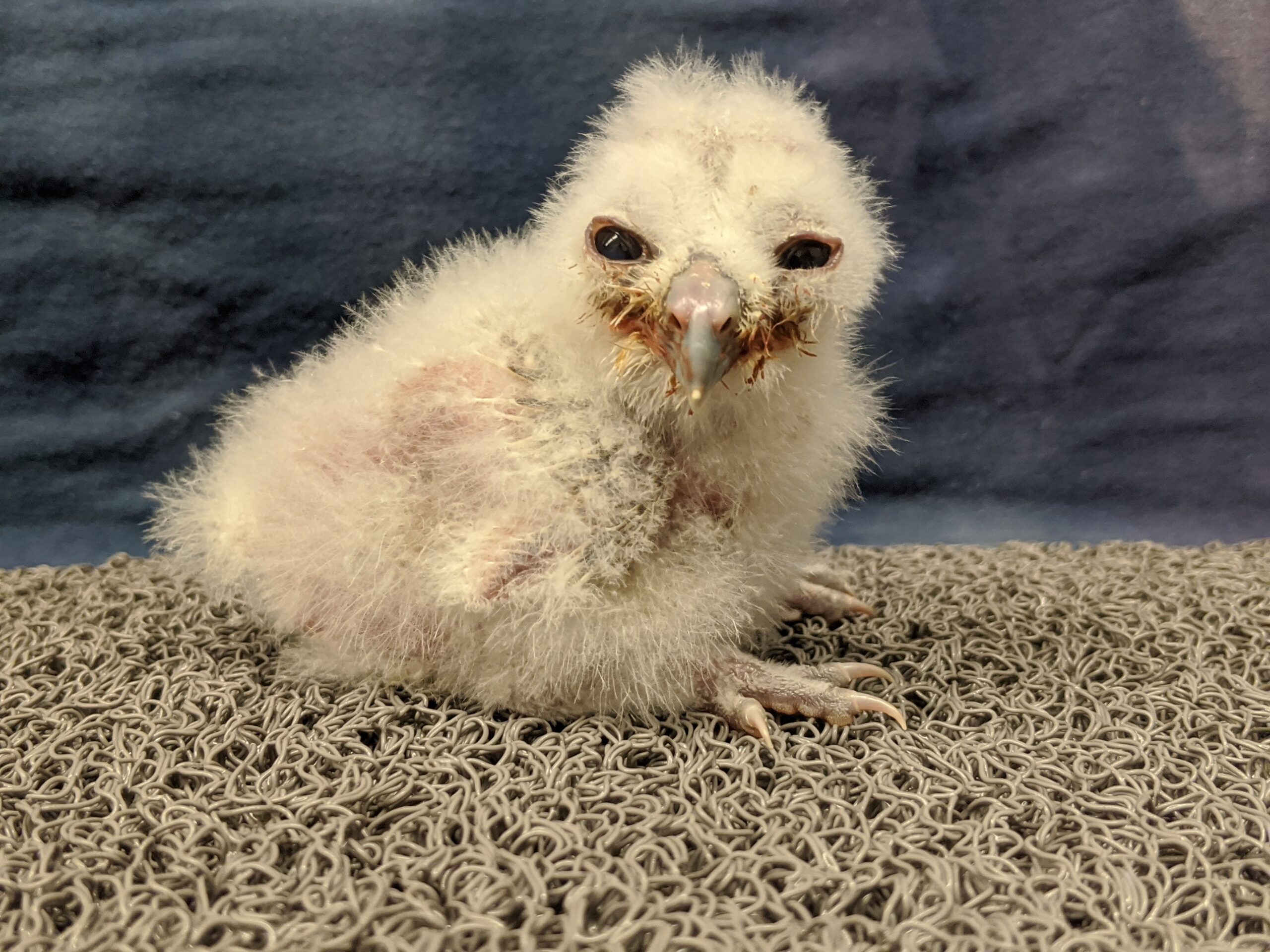
Court halts mine expansion as First Nation challenges B.C.’s decision to greenlight it
Court sides with Xatśūll First Nation, temporarily halting Mount Polley mine waste expansion
Environment and Climate Change Minister Steven Guilbeault broke the law when he delayed — for eight months — recommending cabinet issue an emergency order to protect endangered spotted owls, according to a federal court ruling.
Justice Yvan Roy agreed with the environmental organization the Wilderness Committee that the delay was unreasonable, given Guilbeault had already formed the opinion the northern spotted owl faced imminent threats to its survival and recovery under Canada’s Species at Risk Act.
“I find it difficult to fathom how a period of more than eight months could be reasonable once the opinion has been formed …,” Roy wrote in his decision. “Either the threats are imminent or not. Either the threats concern the survival or recovery of the species or they do not.”
Under the Species at Risk Act, the federal government has the power to issue emergency orders to protect species facing imminent threats to their survival or recovery. The orders, which are rarely used, give Ottawa authority to make decisions to protect at-risk species that would typically fall under provincial purview, such as whether to issue logging permits.

Only one wild-born spotted owl remains in Canada’s wild following decades of industrial logging in the raptor’s old-growth forest habitat in southwest B.C. The owl, a female, has not been detected for some time. About 30 spotted owls live in a B.C. government-funded captive breeding facility in the Lower Mainland, where eggs are hatched in incubators and the owls are fed euthanized mice and rats.
The federal government insisted before the court that it is cooperating with the B.C. government to protect spotted owls. In his decision, Roy noted “obviously, the efforts have been less than stellar at producing the hoped-for results.”
The Wilderness Committee called the ruling “a critical win for the spotted owl and all at-risk species.”
“The judge saw it exactly the way we see it,” Joe Foy, protected areas campaigner with the Wilderness Committee, told The Narwhal.

Yet Foy said the decision is also “bittersweet” because it does not stop ongoing logging in critical spotted owl habitat. Between May 2023 and April 2024 the B.C. government approved logging in 564 hectares of spotted owl habitat, Foy said.
“I’ve been on some of those cutblocks this spring and some of them are down and some of them were coming down when I visited,” he said.
While the ruling itself may not save the spotted owl’s old-growth habitat, Kegan Pepper-Smith, a lawyer with the environmental law charity Ecojustice, which represented the Wilderness Committee, called it a “precedent-setting decision.”
“After determining that a species is facing imminent threats to its survival or recovery, the minister must act with the urgency required of the legislation and recommend an emergency order to cabinet right away,” he said in an interview.
In a press release, Spô’zêm First Nation Chief James Hobart said, “when you determine there’s an imminent threat, it leaves no doubt what you’re looking at. The government must realize when they use that term about a species, it has to put a full stop on everything that is threatening it.” Spotted owls are culturally and spiritually important to Spô’zêm First Nation, which has called for an end to old-growth logging in its territory.
“First Nations have been doing all the work while the federal and provincial governments have paused, second-guessed and minimized our efforts around something that is incredibly sacred to us,” the chief said.
The Narwhal asked Guilbeault’s office for comment but did not receive a response by publication.
When the federal environment minister is of the opinion that a species is facing imminent threats to its survival or recovery, the minister must, in Foy’s words, “sound the alarm to cabinet” by recommending an emergency order.
Roy’s decision makes it clear “the minister can’t wait around and negotiate with the province while the threat itself is already being carried out,” Pepper-Smith explained. “The minister has to make a recommendation on a timeline that actually empowers cabinet to act on the threat before it occurs.”
In June 2023, Ecojustice, acting on behalf of the Wilderness Committee, made an application to the federal court, seeking an order to compel Guilbeault to recommend the federal cabinet issue an emergency order to protect northern spotted owls.
Guilbeault finally made that recommendation in September 2023, eight months after he formed the opinion the spotted owl faced imminent threats to its recovery due to logging in its critical habitat.
The recommendation was made just weeks before trial, but the federal court case proceeded, now focused on Ecojustice’s request for a declaration that the minister’s delay was unlawful.
Lawyers for the federal government argued the delay was necessary because the minister had to provide “a more fulsome record to cabinet” than just a recommendation, and needed time to consult with the B.C. government and affected First Nations and also conduct a socio-economic analysis.
Justice Roy found the argument lacking. While other sections of the Species at Risk Act allow for more time to be taken for consultation, he pointed out emergency orders are used when urgent action is required.
“The machinery of government cannot undermine the clear statutory obligations made to the minister,” he wrote.
Pepper-Smith said the federal government has 30 days to decide whether to appeal the federal court’s decision. But Ecojustice is hopeful officials will “just follow the plain language of the legislation,” he said, noting the courts have repeatedly said urgent action is required “to respond to an emergency.”


The federal cabinet ultimately decided not to proceed with an emergency order to protect the spotted owl last October, opting for what it called “a collaborative approach with the government of British Columbia and Indigenous Peoples.” The cabinet is not required to provide any reasons for its decision.
Pepper-Smith said it would be “incredibly difficult, if not impossible, to challenge that decision before court.”
“Courts are loath to interfere with what they classify as highly political decisions at the cabinet level,” he said.
Foy said the Wilderness Committee continues to track logging in spotted owl habitat. “And every opportunity we see to get back in the courts — back in the court of public opinion as well as the courts — we’re going to take,” Foy said. “We’re not giving up.”
Northern spotted owls were listed as endangered under the Species at Risk Act in 2003. More than a century ago, there were an estimated 500 breeding pairs of owls in the region but the population plummeted as industrial logging destroyed large chunks of the raptor’s critical habitat. By 2006, there were just 22 spotted owls in the wild, according to the court ruling. Spotted owl numbers continued to fall after the B.C. government sunk millions into the captive breeding program.
The B.C. government has repeatedly said it will release captive-born spotted owls into the wild to recover the population. In 2022, for the first time, it released three male owls. Two died and the third was injured and brought back into captivity. Last year, the government released two more owls from the breeding centre.
In an emailed statement, Glen Plummer, a spokesperson for the Ministry of Water, Land and Resource Stewardship, said protecting and supporting spotted owl recovery is a “key priority” for the government.
“We’ve collaborated with First Nations and biologists to protect more than 280,000 hectares of spotted owl habitat — an area equivalent to about 690 Stanley Parks — which is enough to support a future population of 125 breeding pairs,” Plummer wrote. “We’ve also deferred logging in two Fraser Canyon watersheds, to help protect additional spotted owl habitat.”
Included in the 280,000 hectares are provincially designated wildlife habitat areas — some open for clear-cut logging and target shooting.
“Both levels of government shoulder the blame here,” Pepper-Smith said. “The B.C. government is creating the emergency, the federal government is failing to respond to it.”
— With files from Sarah Cox
Updated on June 12, 2024, at 10:53 a.m. PT: This story has been updated to add comments from the B.C. Ministry of Water, Land and Resource Stewardship, which were received following publication.
Get the inside scoop on The Narwhal’s environment and climate reporting by signing up for our free newsletter. On a warm September evening nearly 15...
Continue reading
Court sides with Xatśūll First Nation, temporarily halting Mount Polley mine waste expansion

Break out the champagne: Emma’s storied life and leadership in journalism has earned her the...

How can we limit damage from disasters like the 2024 Toronto floods? In this explainer...
